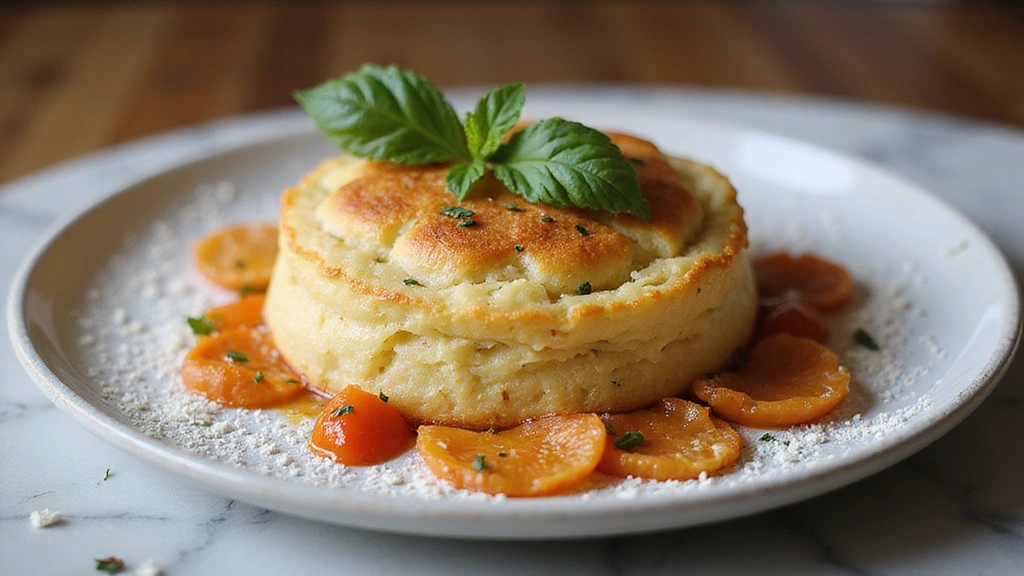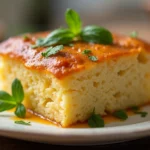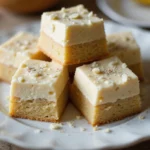Baking with 00 flour opens up a world of authentic Italian cuisine right in your own kitchen.
This finely milled flour is known for its high protein content, which lends a delicate structure to baked goods.
I first encountered 00 flour while indulging in freshly made pasta in a quaint Italian trattoria, where the texture was nothing short of heavenly.
Whether you’re crafting pizza, pasta, or pastries, using 00 flour elevates your baking and delivers restaurant-quality results at home.
The History and Cultural Significance
• 00 flour traces its origins to Italy, where it was originally created by millers in the late 19th century.
• The flour evolved as technology improved, allowing for finer milling, which eventually became the standard for Italian baking.
• In Italian culture, dishes made with 00 flour are staples at family gatherings, symbolizing unity and tradition.
• While many variations of flour exist globally, 00 flour maintains a unique quality that sets Italian baked goods apart from others.
Recipe Overview
Nutritional Information (per serving)
Ingredients
Essential Equipment Guide
Stand Mixer: A stand mixer is crucial for kneading dough with 00 flour, as it helps develop gluten without overworking the dough. Look for a model with a powerful motor and a dough hook attachment for best results.
Pasta Machine: This tool is essential for rolling out dough to the perfect thickness. Manual or electric options are available, but ensure it has adjustable settings to achieve various thicknesses.
Baking Stone: A baking stone retains heat and mimics a traditional pizza oven, providing an authentic crust texture. Consider one that is thick and able to withstand high temperatures.
Preparation Methods
Kneading: Kneading is essential for developing gluten, which gives dough its structure. Aim for a smooth, elastic dough, and don’t rush the process; it usually takes about 8-10 minutes by hand or 5 minutes in a stand mixer.
Resting the Dough: Allowing the dough to rest is crucial as it relaxes the gluten, making it easier to roll out. Cover the dough with a damp cloth and let it rest for at least 30 minutes before shaping.
Stretching the Dough: This technique is often used for pizza and involves gently stretching the dough by hand rather than rolling it out. Use your knuckles to support the dough while letting gravity help stretch it evenly.
Step 1: Prepare Ingredients
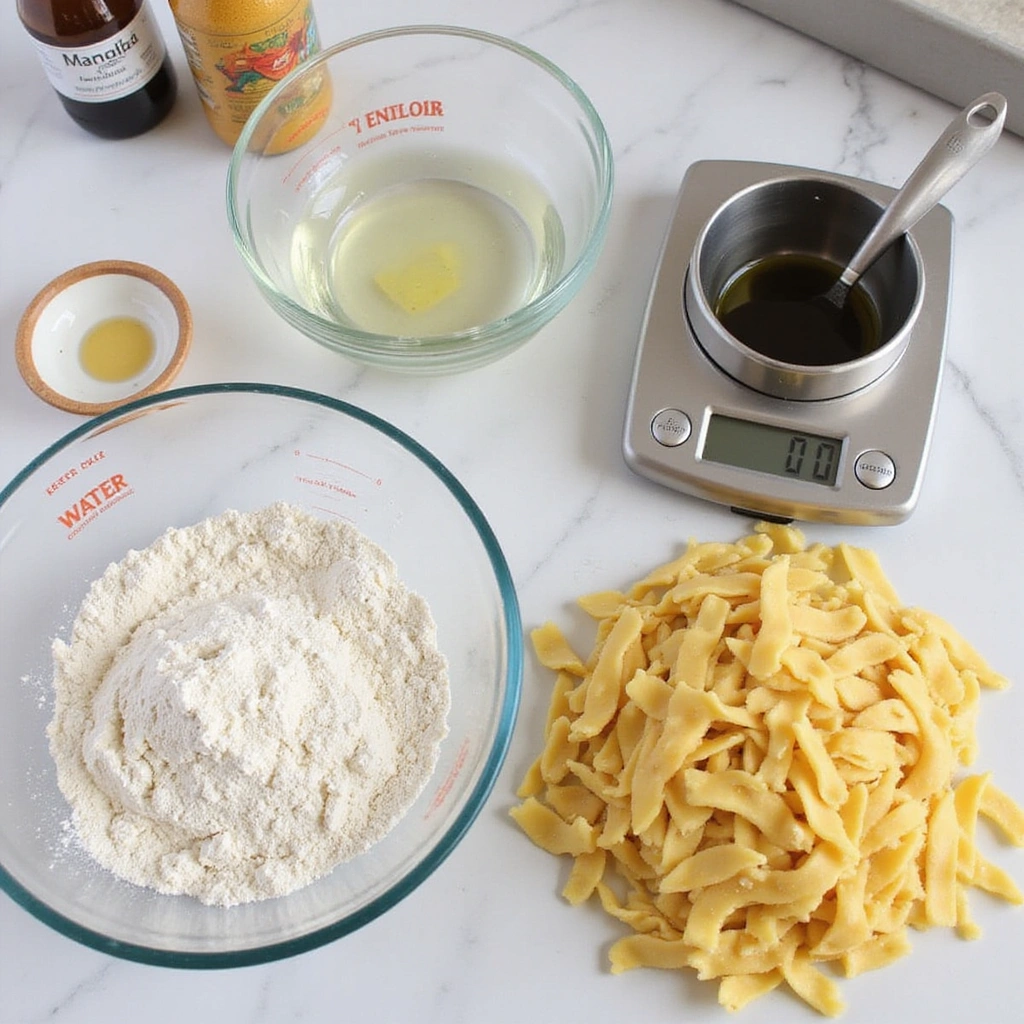
Gather all your ingredients and measure them accurately.
Ensure the 00 flour is sifted to avoid clumps.
Place the flour in a large mixing bowl or stand mixer bowl.
Set aside the water, salt, and olive oil for later incorporation.
Step 2: Mix the Dough
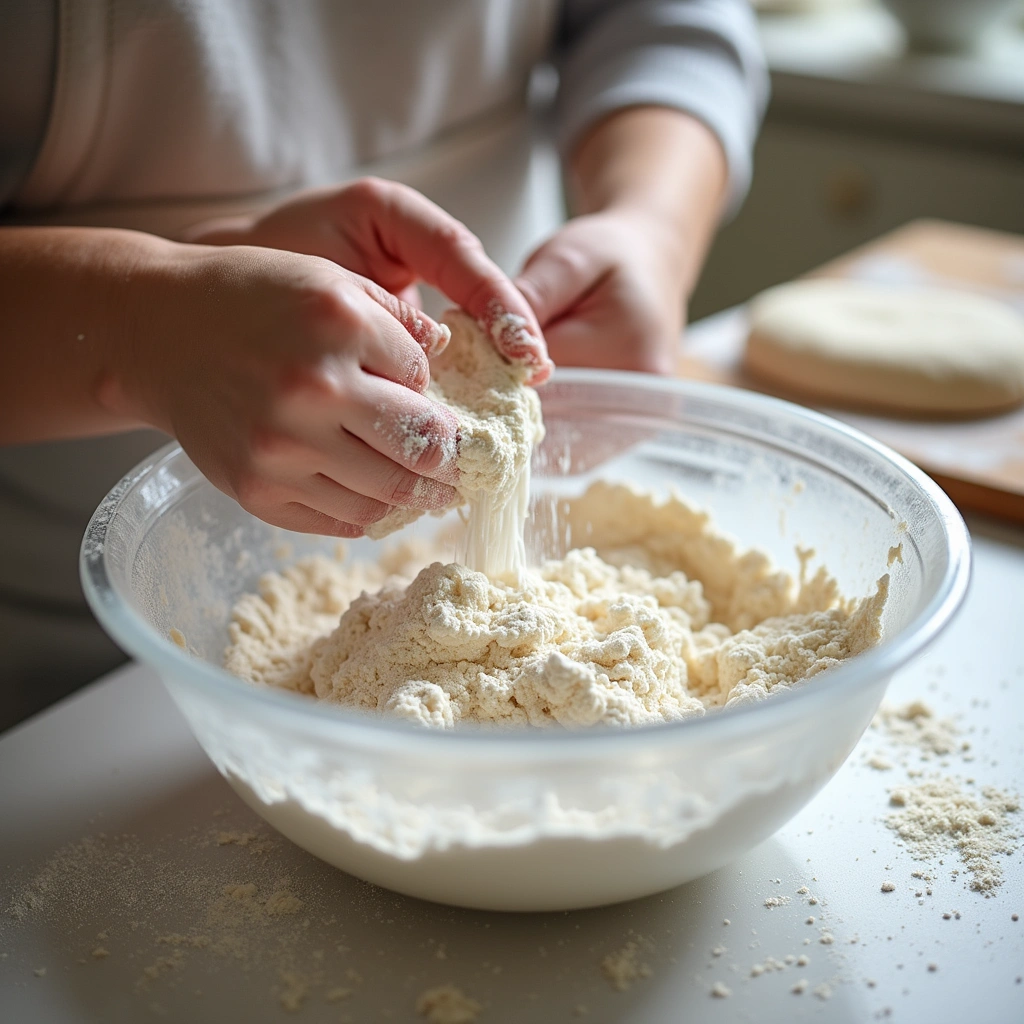
In the mixing bowl, create a well in the center of the flour.
Pour in the water and olive oil gradually, mixing with a fork to combine.
Continue until the dough starts to come together, then switch to your hands or a stand mixer.
Knead until the dough is smooth and elastic, about 8-10 minutes.
Step 3: Rest the Dough
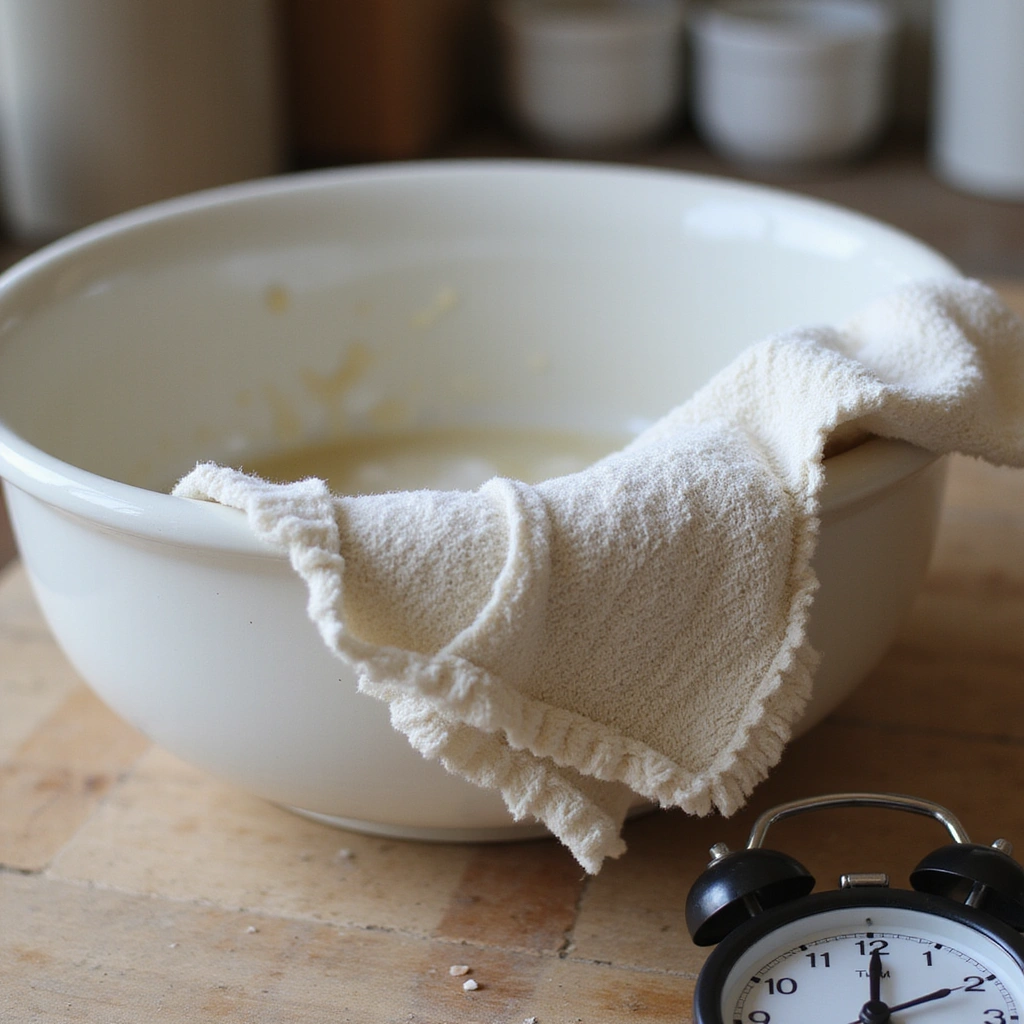
Cover the dough with a damp cloth or plastic wrap to prevent it from drying out.
Let it rest at room temperature for at least 30 minutes.
This resting period is essential for gluten relaxation.
Once rested, the dough should feel soft and pliable.
Step 4: Shape the Dough
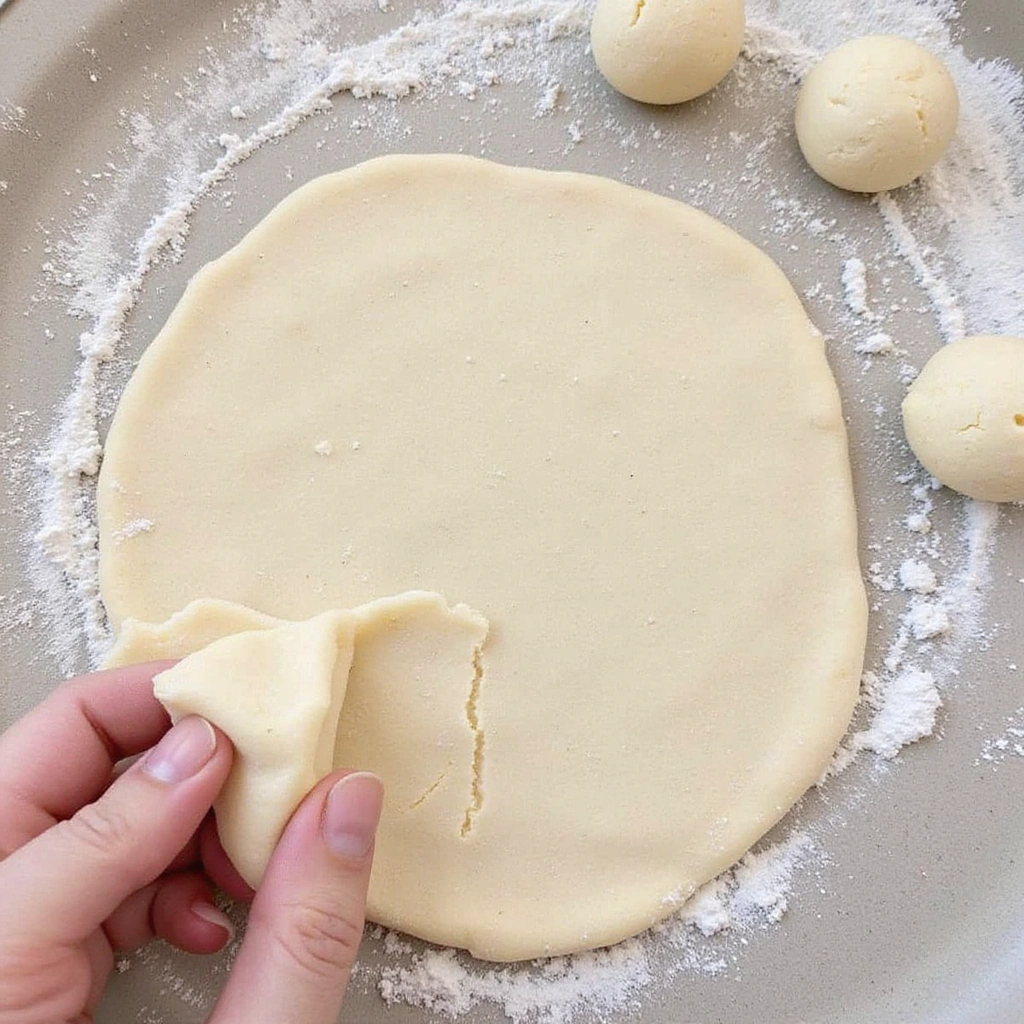
Divide the dough into four equal portions for individual pizzas.
Roll each portion into a ball and flatten slightly.
Use a rolling pin or your hands to stretch the dough into your desired shape.
Aim for a thickness of about 1/4 inch for a crispy base.
Step 5: Prepare the Baking Stone
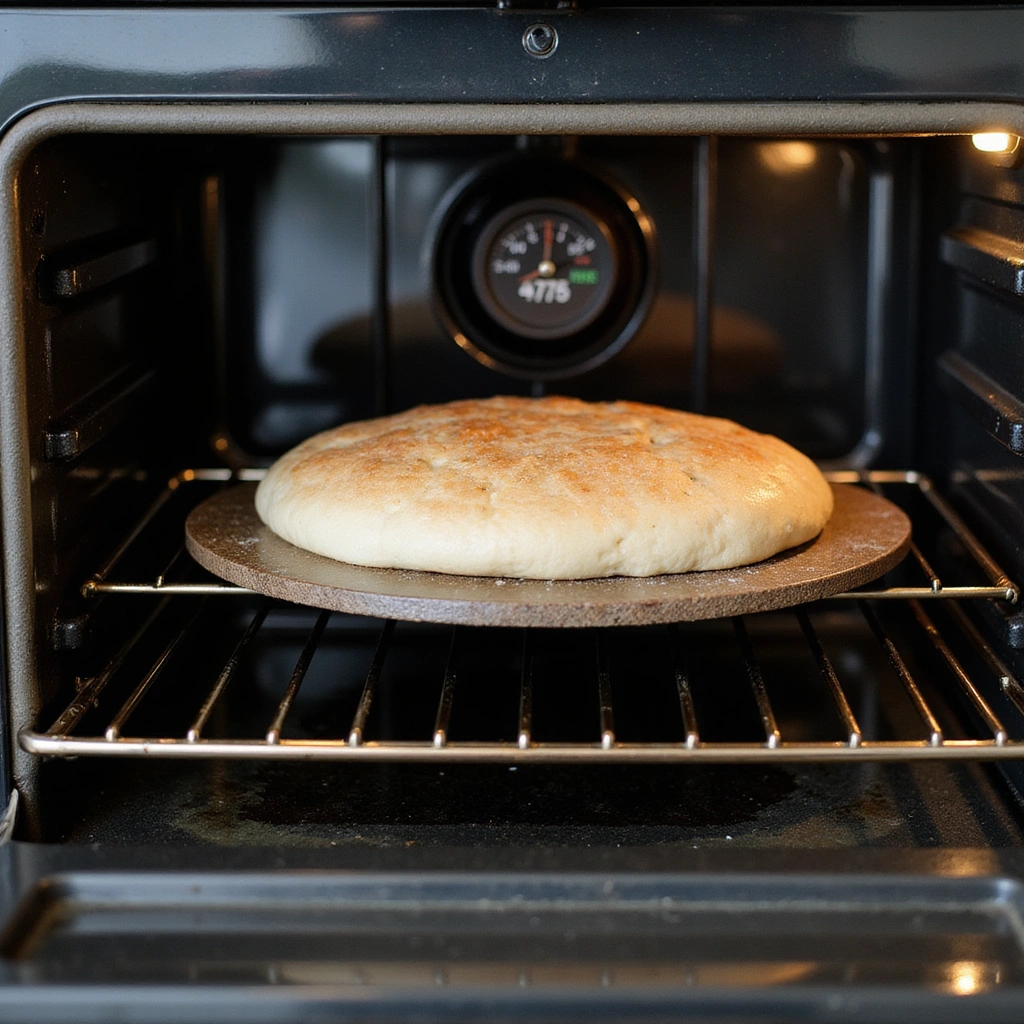
Place your baking stone in the oven and preheat to 475°F (245°C).
Allow the stone to heat for at least 30 minutes for optimal results.
This high temperature is key for achieving a crispy crust.
Ensure your oven is fully preheated before baking.
Step 6: Assemble the Pizza
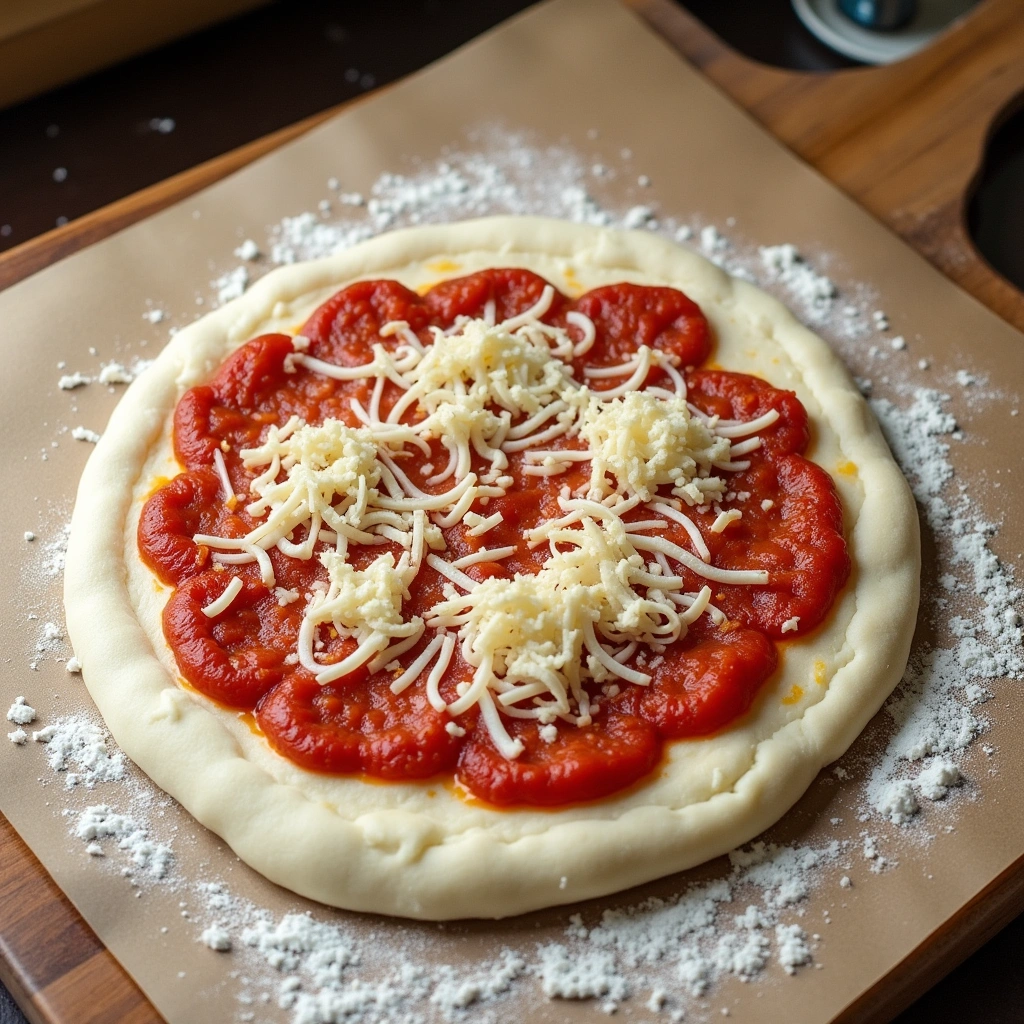
Transfer the shaped dough to a pizza peel dusted with flour.
Spread a thin layer of tomato sauce over the base, leaving a border.
Sprinkle mozzarella cheese generously on top.
Add any additional toppings as desired, such as basil or other vegetables.
Step 7: Bake the Pizza
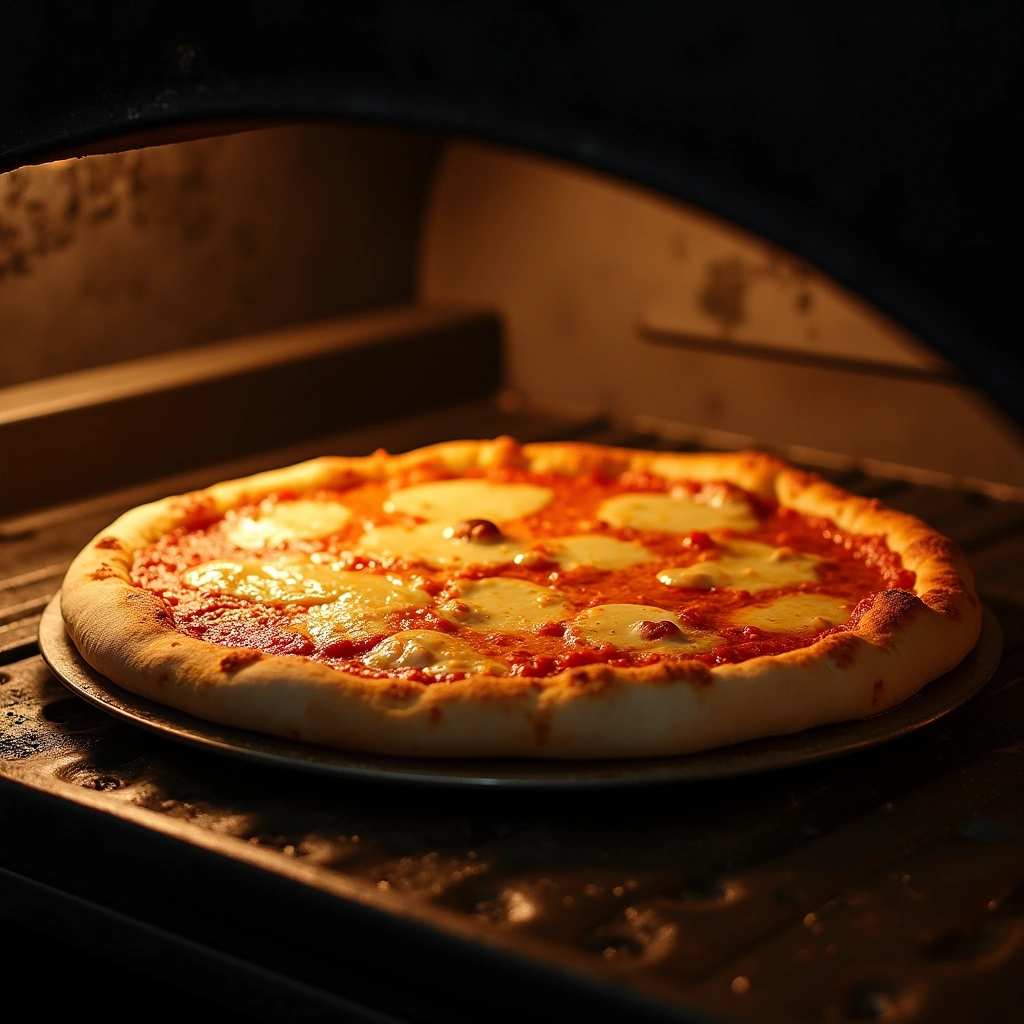
Carefully slide the pizza from the peel onto the preheated baking stone in the oven.
Bake for about 10-12 minutes until the crust is golden and cheese is bubbly.
Keep an eye on the pizza to avoid burning, adjusting time as necessary.
Use a spatula to check the underside for doneness.
Step 8: Serve and Enjoy
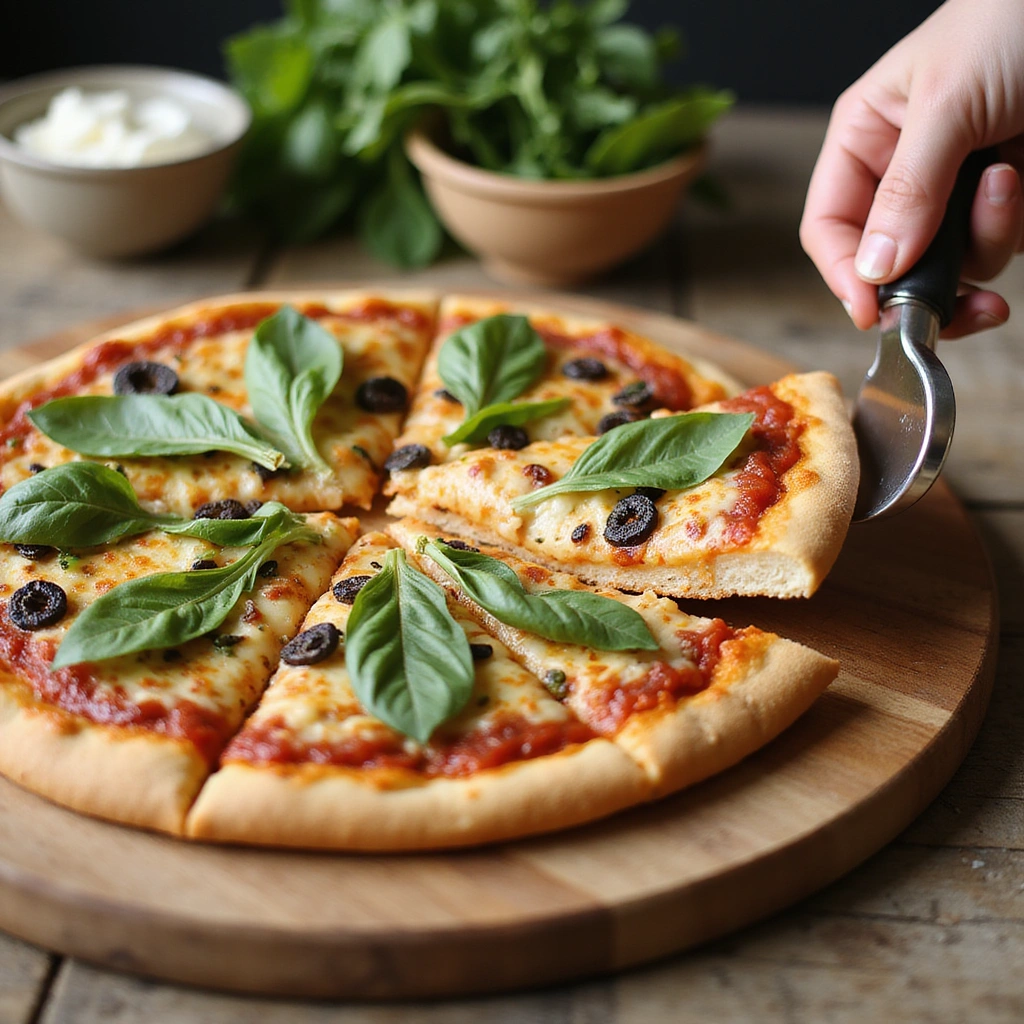
Remove the pizza from the oven using the peel or a spatula.
Let it cool for a minute before slicing to prevent cheese from sliding off.
Garnish with fresh basil or a drizzle of olive oil if desired.
Serve hot and enjoy with your favorite beverage.
Critical Timing and Temperature Guide
Mixing Dough: Ensure the dough is mixed for about 8-10 minutes until smooth. Look for elasticity and a slight tackiness without being overly sticky. Avoid over-mixing, which can lead to a tough texture.
Baking Pizza: Bake at 475°F (245°C) for 10-12 minutes. The crust should become golden brown and the cheese bubbly. A common mistake is under-baking, which results in a soggy base.
Resting Dough: Allow at least 30 minutes of resting time. The dough should feel soft and elastic afterward. Not resting the dough can lead to difficulty in shaping and a tougher final product.
Pro Tips for 00 Flour Baking Recipes For Authentic Results
• Ingredient Selection: Use high-quality 00 flour as it has the right protein content for structure and texture.
• Preparation Secret: Consider using cold water for mixing; it helps control the dough temperature, resulting in better gluten development.
• Temperature Management: Keep all ingredients at room temperature for optimal hydration and mixing.
• Texture Enhancement: Use a bench scraper to handle the dough gently, preserving air pockets for a light texture.
• Flavor Layering: Incorporate fresh herbs in the dough for added flavor, enhancing the overall taste of the dish.
• Make-Ahead Strategies: Prepare the dough a day in advance and refrigerate it; it will develop more flavor over time.
• Restaurant-Quality Finishing Touches: Finish with a sprinkle of sea salt and a drizzle of high-quality olive oil just before serving.
• Equipment Optimization: Invest in a quality pizza stone or steel to replicate the intense heat of a pizza oven.
Troubleshooting Common Issues
• Dough Too Sticky: This can happen if too much water is added. Recognize it by its inability to hold shape. To fix, gradually add more flour until the desired consistency is reached.
• Dough Too Dry: If the dough crumbles, it likely lacked water. To prevent this, ensure accurate measurements and consider adding water slowly until the dough comes together.
• Crust Not Crisping: This may indicate insufficient oven temperature or baking time. Ensure the stone is preheated and monitor baking closely, adjusting as necessary.
• Cheese Sliding Off: This may occur if the pizza is over-topped with cheese. Use a moderate amount and allow it to melt properly before serving.
• Flavor Lacking: If the pizza tastes bland, experiment with seasoning the sauce or adding fresh herbs. A pinch of salt can enhance the overall flavor profile.
Variations and Regional Differences
• Neapolitan Style: This version emphasizes a thin, soft crust and is cooked at very high temperatures in a wood-fired oven. It typically features simple toppings like tomatoes, mozzarella, and fresh basil.
• Sicilian Style: Rectangular in shape, this version has a thick crust and is often topped with robust flavors like anchovies and capers, reflecting the diverse culinary influences of Sicily.
• Roman Style: Known for its crispier crust, Roman pizza is typically rolled thinner and cooked at high temperatures. The toppings are often more eclectic, including seasonal vegetables and cured meats.
• Modern Interpretations: Contemporary adaptations may incorporate alternative toppings, gluten-free flour, or unique flavor combinations like BBQ chicken or vegan cheese, while maintaining the essence of 00 flour.
Food Science Behind the Recipe
• Gluten Development: The high protein content in 00 flour promotes gluten formation, which gives dough its structure and elasticity. Understanding this helps bakers achieve the perfect texture in their crusts.
• Hydration Ratios: The balance of flour to water is crucial; too much water leads to a sticky dough, while too little results in a dry texture. Mastering hydration ratios enhances the final product’s mouthfeel.
• Maillard Reaction: This chemical reaction occurs when proteins and sugars in the dough are exposed to heat, resulting in the desirable browning and complex flavors in the crust. Knowledge of this process allows bakers to optimize baking times and temperatures.
Frequently Asked Questions
What’s the most common mistake people make when preparing pizza with 00 flour? The most frequent error is not allowing the dough to rest adequately, leading to tougher crusts. Make sure to rest the dough for at least 30 minutes for the best results.
Can I prepare components of this dish in advance? Yes, you can make the dough a day ahead and refrigerate it. Just ensure it’s well-wrapped to prevent drying out.
How do I adapt this recipe for dietary restrictions? For gluten-free options, use a gluten-free 00 flour blend, adjusting the liquid ratios as needed. Always check for specific brand instructions.
What’s the best way to store and reheat leftovers? Store leftover pizza in an airtight container in the fridge for up to 3 days. Reheat in a preheated oven to restore crispness.
Can I freeze this dish? Yes, freeze the prepared pizza before baking. Wrap it tightly in plastic wrap and aluminum foil for up to 3 months. Bake from frozen, adding extra time.
What wine or beverages pair best with this dish? A crisp white wine, like Pinot Grigio, complements the flavors beautifully, while a light-bodied red, such as Chianti, also works well with tomato-based pizzas.
How can I scale this recipe up for a crowd? To serve more people, simply multiply the ingredient amounts while maintaining the same ratios. Make sure your oven can accommodate multiple pizzas at once.
What side dishes complement this recipe best? A simple arugula salad with lemon vinaigrette or garlic bread pairs nicely with pizza, balancing the meal with fresh flavors.
How do professional chefs elevate this dish for restaurant service? Chefs often use high-quality artisanal cheeses and house-made sauces, along with unique toppings, to create signature pizzas that stand out.
Serving and Presentation Guide
• Traditional Presentation: Serve pizza on a wooden cutting board, sliced into wedges, garnished with fresh basil and a drizzle of olive oil. This rustic presentation emphasizes the homemade quality.
• Modern Plating Ideas: Consider serving individual mini pizzas on colorful ceramic plates, with side dishes of dipping sauces for a contemporary twist.
• Accompaniment Suggestions: Pair with a fresh green salad, antipasto platter, or a selection of Italian wines to complement the flavors of the dish.
• Special Occasion Presentation: For special occasions, consider creating a pizza bar with a variety of toppings and sauces, allowing guests to customize their pizzas for a fun and interactive dining experience.
Conclusion
Baking with 00 flour truly transforms your culinary creations into something special.
I hope you will embrace this authentic ingredient and take the plunge into Italian baking.
Each bite will remind you of the rich traditions and flavors that make this cuisine beloved worldwide.
